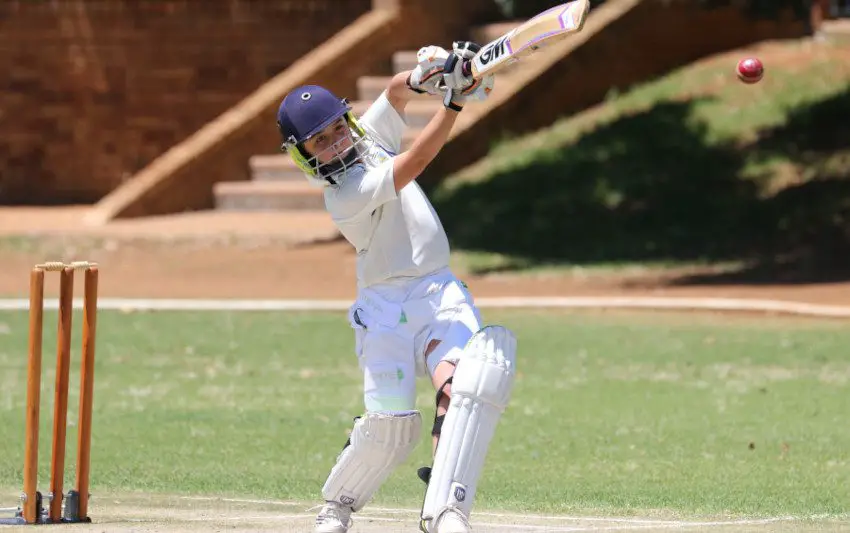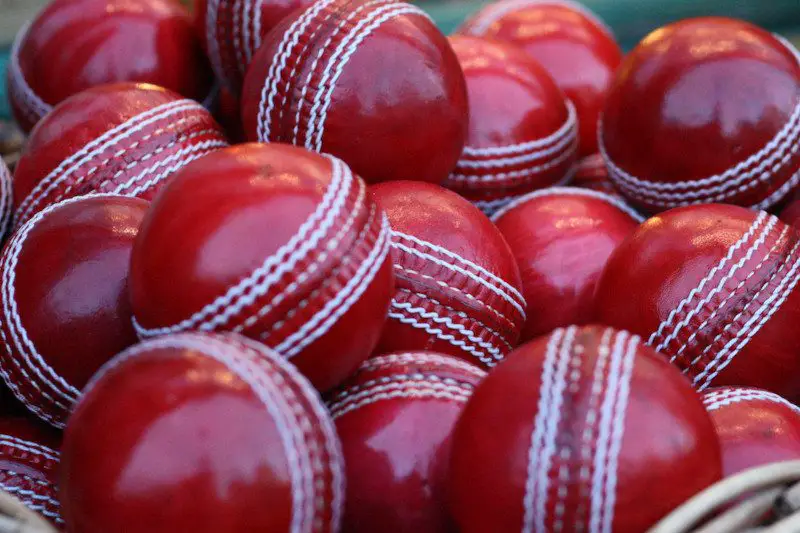Table of Contents
Cricket as a sport consists of an amalgamation of several sporting items that complete your “cricket kit bag”. One of such items is the cricket gloves that help you when you stretch and march towards the middle of the cricket field to bat and stroke some runs or stand behind the wicket in order to come in handy for the bowler. It not only helps you to grip your bat but also provides safety to your hands.
As there are plenty of batsmen across the world who share a different body and hand shape, gloves are made in a variety of sizes for the comfort of the batsman. However, picking one is always a tricky job because measuring the hands first is necessary.
To get the perfect glove size, the person has to measure in a straight line from the start of their wrist to the tip of their longest finger with the help of a tape measure being wrapped across the palm of your dominant hand. To get accurate results, one must study a cricket glove size chart and choose accordingly.
Glove Size Chart
Below is the standard Glove size chart which can be referred to by potential consumers after they have taken the measurements of their hands by using a tape measure etc.
Size | Men’s | Youth |
XS | Under 6.75” | N/A |
S | 6.75”-7 | 6”-6.25 |
M | 7”-7.25 | 6.25”-6.5 |
L | 7.5”-7.75 | 6.5”-6.75 |
XL | 7.75”-8 | 6.75”-7 |
XXL | 8”-8.25 | N/A |
Brand Conversion
Nokia and Samsung are known as world’s leading electronic device producers, but in their manufacturing process, they have their own ways of production. Similarly, the batting gloves are being made by several manufacturers like Kookaburra, SS, SG, MRF etc but vary in quality and sizes as per what the company intends on producing. However, there is no difference in the comfort and protection among top brands these days. Apart from the approach of the shape and size and colour of the gloves, every other brand offers the world to players so they need not worry about comfort or protection as it’s the same in every brand.
In reality, shops have two types of gloves which are split-finger gloves and sausage finger gloves. Split-fingers are majorly used by cricket batters who use their wrists while playing shots while Sausage gloves are perfect for bouncy pitches. On one hand Split finger gloves provide flexibility as Indian tracks have a lot of spin on it which invites wristy gameplay. On the other hand, Sausage gloves provide an additional protective layer for our fingers.
Glove Size Category Chart
Just focusing on the small table below will help you find the right pair of gloves.
Category | Glove Size |
Small Junior | 16.5 cm |
Junior | 17.5 cm |
Young | 19 cm |
Adult | 21 cm |
Large Adult | 22.5 cm |
The similar chart also fits perfectly for wicket keeping gloves. Just like the way you measure your glove size for batting gloves, you use the same way to measure for wicket keeping gloves. Picking the right wicket keeping material is key, such as gloves that feature standard leather with comfort and durability whereas calf-leather gloves gives comfort and flexibility too but aren’t durable.
Brands who have a better shot at getting the best material to produce durable and comfortable gloves have their products consumed by one too many cricketers across the globe that makes them the king of the cricket equipment market. Some brands charge high prices just based on the quality of the leather they offer.
Conclusion
Right from making sure that the size of your hand is measured perfectly for the glove to be a perfect fit to purchasing a good material glove to taking good care of your batting/wicket keeping gloves, everything is necessary to have your cricket equipment intact. We hope this article provides you with maximum information on how to measure your hand to pick out your perfect fit for a batting or wicket keeping glove.


